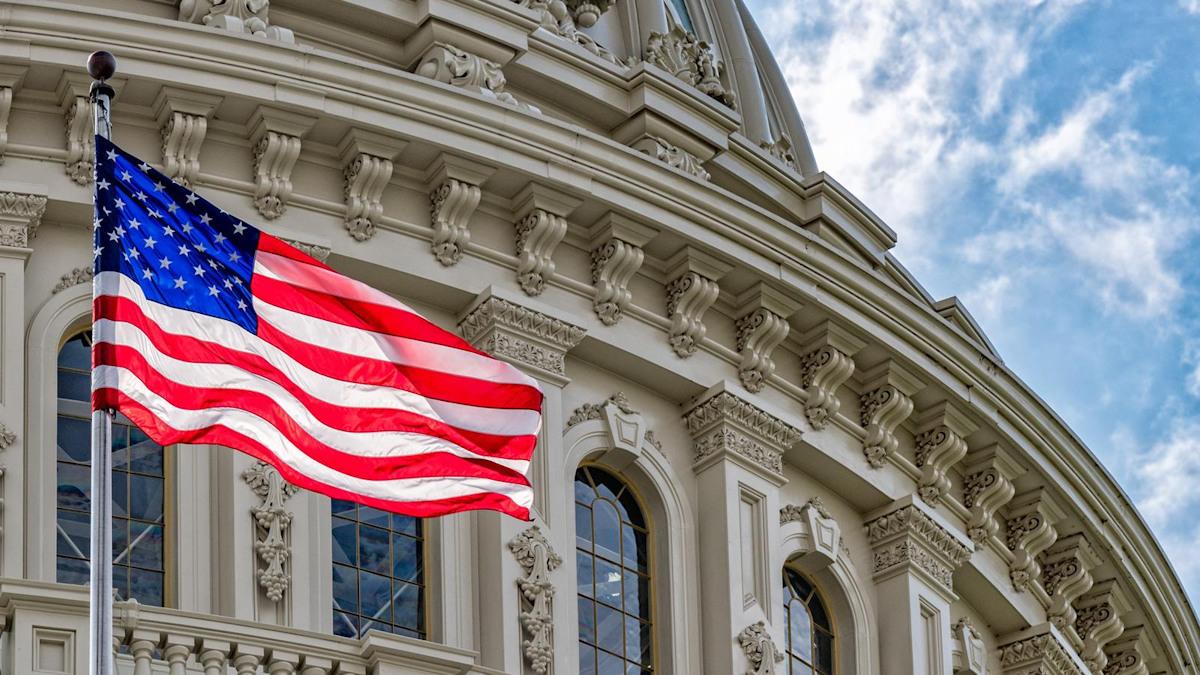VPAS 2024: What should industry consider next time?

The UK pharmaceutical industry is just getting to grips with working under two new approaches to regulating branded medicines spend; the 2019 Voluntary Scheme for Branded Medicines Pricing and Access (VPAS) and the reformed Statutory Scheme. Both began on the 1 January 2019. Leela Barham argues it’s never too soon for industry to consider what will needed for the next negotiation.
Just what really influences UK government policy on pricing, reimbursement and access to medicines is known only to those in positions of power at any given time; Ministers, their expert advisors, civil servants at the Department of Health and Social Care (DHSC) (and counterparts in the devolved nations).
There can be clues though in the form of the policy documents that are published. Particularly telling is the government’s response to the changes to the Statutory Scheme to control the costs of branded health service medicines, issued in December 2018. This was written by Department of Health and Social Care (DHSC) civil servants during the negotiations on a successor to the 2014 Pharmaceutical Price Regulation Scheme (PPRS). What it doesn’t – and can’t – shed light on are the details of the confidential negotiation themselves.
The government’s response is relevant now for what industry may face in future policy discussions. Not to mention the potential for the DHSC to open up the amount of money companies need to pay under the Statutory Scheme every year. They need only to consult; refining what industry should say if they do is likely to be useful homework.
Precedent setting
The government’s response points out that payments required in the Statutory Scheme relate to forecasts of spend and capped spending under the 2014 PPRS. During the five years of the 2014 PPRS, NHS spend on branded medicines was capped to a nominal 1.1% growth rate.
In what is seen as a win for industry, under VPAS the agreed growth rate is a nominal 2%. Industry is going to need to pull out all the stops to be able to argue for a growth rate much higher than this in the future. Even more so when this was acceptable during the unprecedent uncertainty that Brexit brought to industry.
The government will remain in a strong position to argue for future capped growth and industry may well be better off to focus on refining its arguments for why it should not go any lower. That is, unless industry can really point to unintended consequences.
Growth in medicines spend in the context of growth in NHS spend
Industry made arguments in their responses to the government that the allowed growth rate for branded medicines should be in line with the growth in the NHS budget. They argued this was needed to avoid an industry perception of disinvestment in medicines.
The government’s response has been to point out that there is no reason to keep the share of medicines spend constant. It’s hard to push on that argument; in fact any argument about medicines keeping pace, or not, as spend on the NHS is hard to credibly refute. If you take the perspective that the NHS is about generating just health, then the spend on medicines should be decided in relation to how much they can generate health in comparison to any other way to spend the next £1 on the NHS.
The conundrum with the VPAS is that it allows for use of medicines to go up or down as needed by the NHS, yet it must also surely send out a signal to companies that the NHS won’t invest beyond the limits set under VPAS. There’s no obvious reason why 2% is the magic growth that should be allowed; rather this is the outcome of a political and economically driven negotiation and it should be seen that way.
What may have more traction for industry are arguments about how far medicines are singled out versus other NHS funded activities and services. We often know far more about the value for money at the margin of a new medicine than we do about much of what the NHS does. It also makes it even more important to identify where cost-effective – and cost-neutral and even cost-saving – medicines are not being used, as under-use of these could mean missing out on benefits for patients as well as the NHS.
Consequences of payments
A range of consequences were cited in industry responses to the government’s consultation associated with ‘too high’ payment percentages. They ranged from:
- Risks to supply of medicines
- Later medicine launches in the UK
- Life science investment leaving the UK
The government’s response points out that under the 2014 PPRS there remained companies investing and launching new medicines. The government is to a degree placing a great deal of stock on other features that make the UK a good place for industry to be; the international value of a NICE assessment, a UK list price, and co-location for clinical trials. All of these, the Government has decided, are not altered by the approach to pricing and managing NHS spend.
The government response lists out evidence that supports their view, including studies that are now over ten years old. There is at the minimum a need to monitor the trends so industry can push back and challenge government perceptions if things are not as rosy as implied.
The evidence the government cites is dated – only one study is anywhere near up to date being published in 2017 – there is a need for up-to-date research to explore today’s impact of regulation on investment decisions. The UK may offer some predictability for the next five years but the UK Government needs to look globally and see how the UK fares in the context of global competition for R&D and the relative position of the UK for launch sequencing.
The value of a voluntary scheme
There has always been debate amongst industry as to the degree to which the government really wants to have one scheme, instead of running two. The idea that the Statutory Scheme is essentially used as a threat if negotiations fail has appeal. Negotiations have never failed – yet – and that most companies have opted for the voluntary option of VPAS, as they have in the past, implies that both the government and industry get benefits from having a voluntary scheme in place.
The continuation of two schemes relies on both sides still feeling that they get more from a voluntary as opposed to the Statutory Scheme. Instead of being an issue for companies necessarily, making sure that the hoped-for benefits for industry from the VPAS is for the ABPI to do. They need to ensure that they have not only identified how to measure if the Government, and with NHS England a party to the VPAS, have met their side of the deal, they need to be willing to escalate if they do not.
Collectively this translates to the ABPI needing to put together a balanced scorecard to assess the performance of VPAS. The results need to be tabled with key agencies like NHS England and other government departments including the Office of Life Sciences (OLS), and of course, with Ministers. This means it’s also about ensuring that forums for engagement are effective too; from the regular review meetings with the DHSC to wider forums including the Life Sciences Council and the Ministerial Industry Strategy Group (MISG).
Changing impact assessment
The Government asked if there was any evidence that could inform and improve the quality of the Department’s analysis. A common theme was that the impact analysis hadn’t captured all the costs that industry faces, for example, that there should be a greater reduction in profits from higher payments than the Department allowed for. The Department changed the impact assessment in light of comments, demonstrating a willingness to refine their analysis if, and only if, the arguments and evidence are seen as convincing.
The opportunity here is for the industry to pre-empt future impact assessments and consider what evidence could be used to improve them.
The ongoing debate on the threshold for cost effectiveness
The government’s response acknowledges that questions have been raised about the choice of value for a Quality Adjusted Life Year (QALY). The Department’s impact assessment to support the changes to the Statutory Scheme used a value of £15,000 to calculate how many more QALYs could be generated by the estimated £152 million savings created. This £15,000 figure is defended on the basis that it’s a standard figure used across DHSC impact assessments; further it is supported by independent peer reviewed literature. Yet at the same time, the DHSC is able to monetise these QALYs at £60,000. Essentially it might only cost £15,000 to generate a QALY, but they are worth far more when generated by DHSC policy changes. Plus they add even more because of the wider benefits to the economy.
The issue of the cost effectiveness threshold is not going away. Whilst exactly what was said about the threshold is confidential as part of VPAS negotiations, noteworthy is the outcome that NICE will stick with the standard threshold of £20,000 to £30,000 per QALY (there are other thresholds too for end-of-life and ultra-orphan treatments but these are not name-checked in VPAS). This must surely too high if the DHSC believes that £15,000 is what is needed for a QALY to be generated. Industry cannot assume that they will be able to keep the threshold there in the future; there is a need to take stock of all the debate and prep for what will be a hot topic next time around.
Getting forecasting right
The Government’s response acknowledges that respondents raised a number of issues with how forecasts are made for future NHS spend on branded medicines. The forecast, along with an allowable growth rate in branded medicines spend, determine the payment percentages to be used both in the Statutory Scheme and the VPAS. This is at least for the first year of VPAS. Payment percentages can change and will likely change, since data will become available on real spend.
Whilst you can never foretell exactly what will happen in UK politics (think Brexit) it’s likely that the next negotiation on a successor to the 2019 VPAS will at the very least want to look again at the forecast of spend. That means that there is value in considering how to refine and improve forecasts for the future. There will be a chance to look at key assumptions made and if these are borne out in reality.
Much work to be done
Whilst understanding just what is in the government’s response to the Statutory Scheme sets out a workplan, there is a workplan from the VPAS too, especially when it comes to access. This includes deciding upon success factors for VPAS as a whole, to defining and measuring access for the five highest health gain categories. There’s much work for the industry to do to be ready for next time around.
About the author
Leela Barham is an independent health economist and policy expert who has worked with all stakeholders across the health care system, both in the UK and internationally, working on the economics of the pharmaceutical industry including as an advisor to the Department of Health and Social Care on the 2019 voluntary scheme for branded medicines pricing and access.
Contact Leela on leels@btinternet.com













